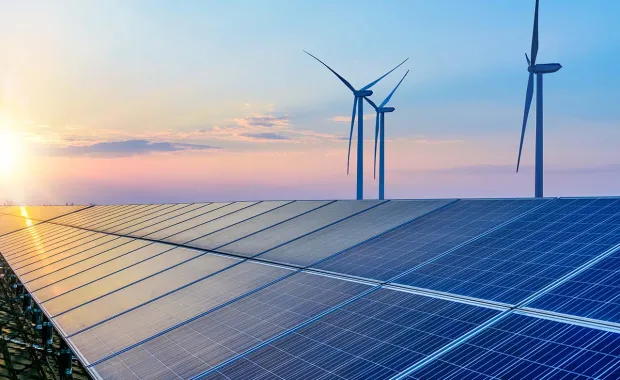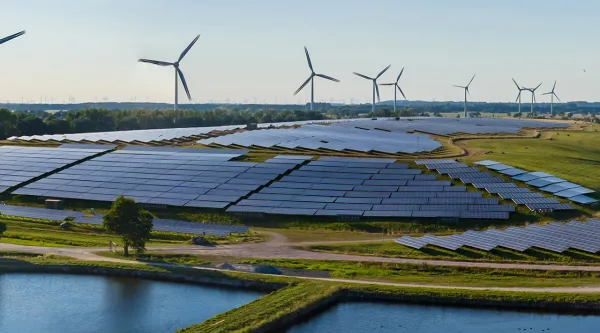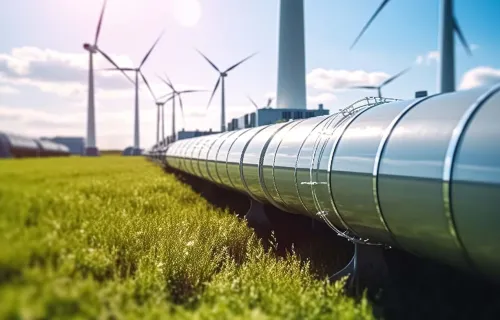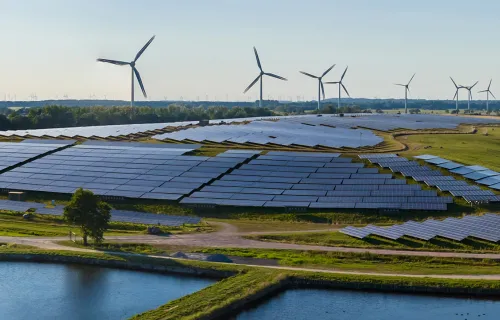Nuno Ferreira
Director, Consulting Expert | Renewable E&U
Nuno
Ferreira
serves
as
Director,
Consulting
Expert
in
Renewable
Energy
and
Utilities,
bringing
with
him
20
years'
experience
in
providing
IT
servjces
to
the
renewable
energies
industry.
With
a
background
in
machine
learning,
predictive
analytics
and
performance
improvement
of
renewable
...






